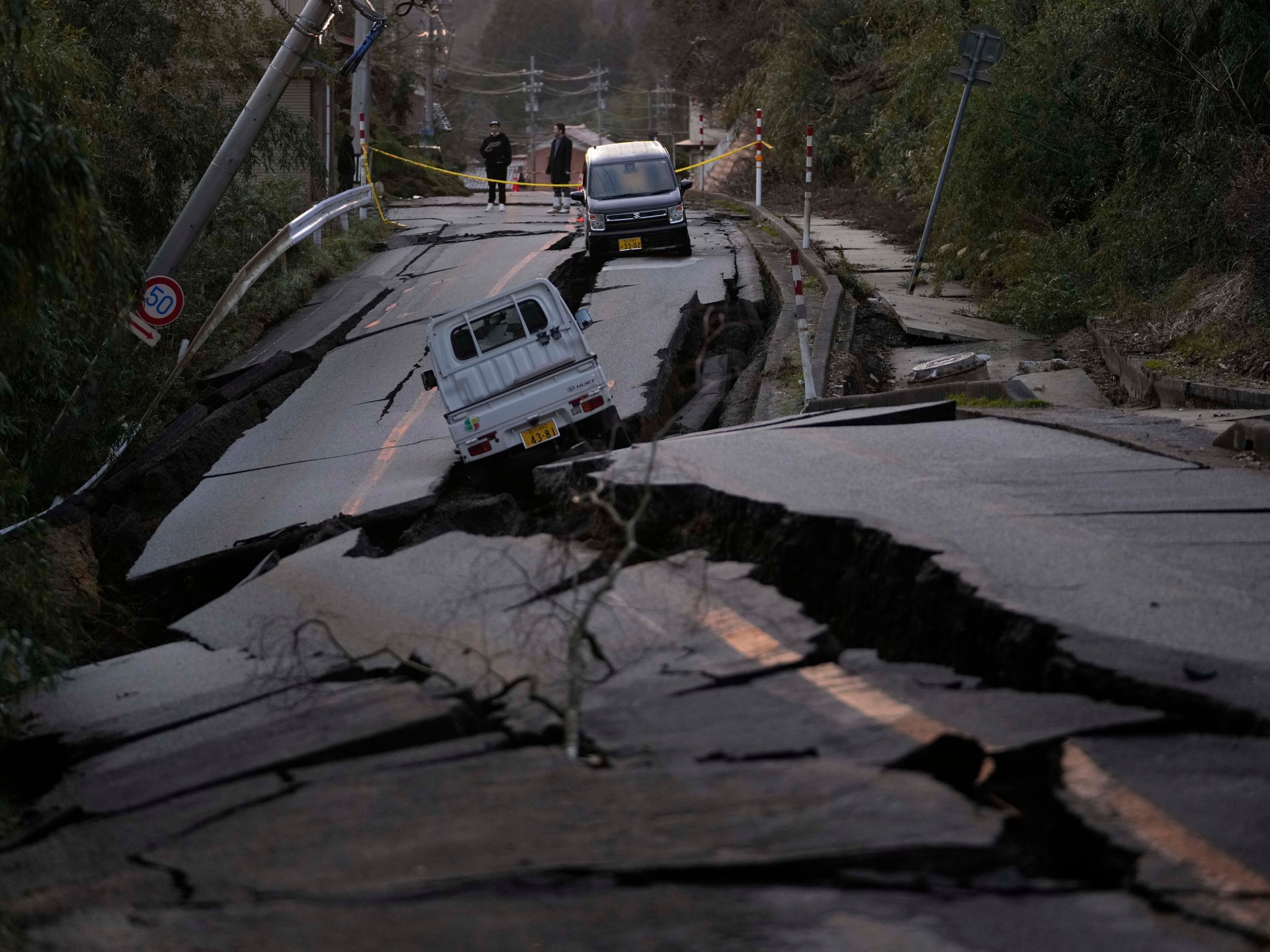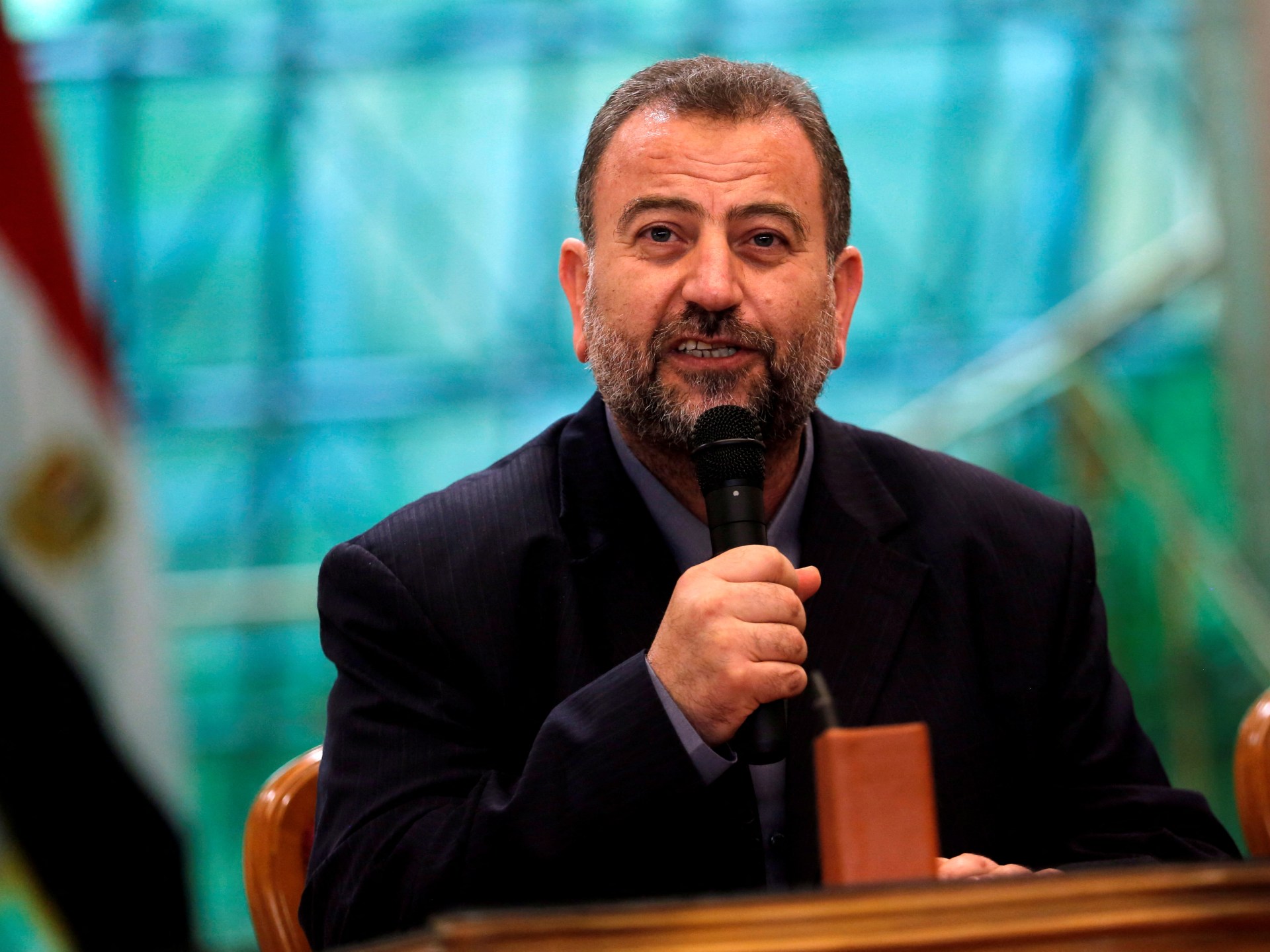The head of the UN health agency says five trucks of medical supplies are ready at the Rafah crossing in Egypt.
Published On 19 Oct 2023
Five trucks of medical supplies are ready at the border between Gaza and Egypt, the World Health Organization has said, amid warnings of a looming humanitarian catastrophe in the besieged Palestinian territory.
“Our trucks are loaded and ready to go,” WHO director general Tedros Adhanom Ghebreyesus told a news conference. He said he hoped the supplies would be delivered as soon as the Rafah crossing opened, “hopefully tomorrow”.
Egyptian state-linked media reported on Friday that the Rafah crossing would open on Friday.
US President Joe Biden announced the deal with Israel and Egypt to allow aid into Gaza after what he called “blunt” talks with leaders of both countries. Israel consented to the deal while pressing on with its military campaign.
The expected delivery of aid is set to be the first after Israel said it would impose a “total blockade” on the besieged Gaza Strip that is home to 2.3 million people, cutting electricity supplies and halting flows of food and fuel, in response to a devastating attack from Hamas on Israeli territory on October 7. At least 1,400 people were killed in the attack, according to Israeli authorities.
Israel has bombarded Gaza relentlessly since the Hamas attack, killing more than 3,700 people and wounding thousands of others, according to Palestinian officials.
The UN has warned of a “humanitarian catastrophe” in Gaza where more than half the population lives in poverty amid a 16-year-old blockade imposed by Israel and Egypt.
Health services already strained by the blockade have come under huge pressure amid the Israeli assault. The WHO has previously warned that the healthcare system in Gaza is on the brink of collapse, with doctors forced to operate without anaesthetic, and some life-saving procedures – like dialysis – at risk of stopping.
Doctors from Gaza’s only cancer hospital have warned that they are running perilously low on fuel and could be forced to shut down.
The WHO’s emergencies chief Mike Ryan said the UN agency would do everything in its power, along with the Egypt and Palestinian Red Crescent societies, to ensure the aid reached those who need it in Gaza rather than getting diverted.
The WHO supplies are part of an expected convoy of 20 trucks.
“Twenty trucks is a drop in the ocean of need right now in Gaza,” Ryan added. “But hopefully this trickle will turn into a river of aid that will flow in the coming days.”
He said the medical supplies, including wound dressings, anaesthetics, and painkillers, among other items.
Reporting from Gaza, Al Jazeera’s Safwat Kahlout said that the enclave “had run out of everything – not just food, water and fuel”.
“Twenty trucks of aid will not do much to improve the humanitarian situation here. But the hope now is that more trucks will follow, and the opening will not just be a one-off incident,” he added.
More than 100 trucks carrying aid have been queuing for days on the Egyptian side of the border, with the United Nations and others calling for urgent help for besieged civilians.
On a visit to Cairo, UN Secretary-General Antonio Guterres said there needed to be “rapid, unimpeded humanitarian access” after dire warnings about the impact of the Israeli blockade.
“We need food, water, medicine and fuel now. We need it at scale and we need it to be sustained, it is not one small operation that is required,” he added.
The Israeli assault on Gaza has left entire city blocks levelled and displaced more than one million people, the UN has said.
“The pace of death, of suffering, of destruction … cannot be exaggerated,” said UN humanitarian chief Martin Griffiths.
There are fears the situation could deteriorate if Israel launches an expected ground invasion to target Hamas fighters and rescue Israeli and foreign hostages, whose known number Israel on Thursday revised up to 203.
Source
:
Al Jazeera and news agencies

 Movie
Movie 6 months ago
115
6 months ago
115 






![Presidents Day Weekend Car Sales [2021 Edition] Presidents Day Weekend Car Sales [2021 Edition]](https://www.findthebestcarprice.com/wp-content/uploads/Presidents-Day-Weekend-car-sales.jpg)



 English (United States)
English (United States)